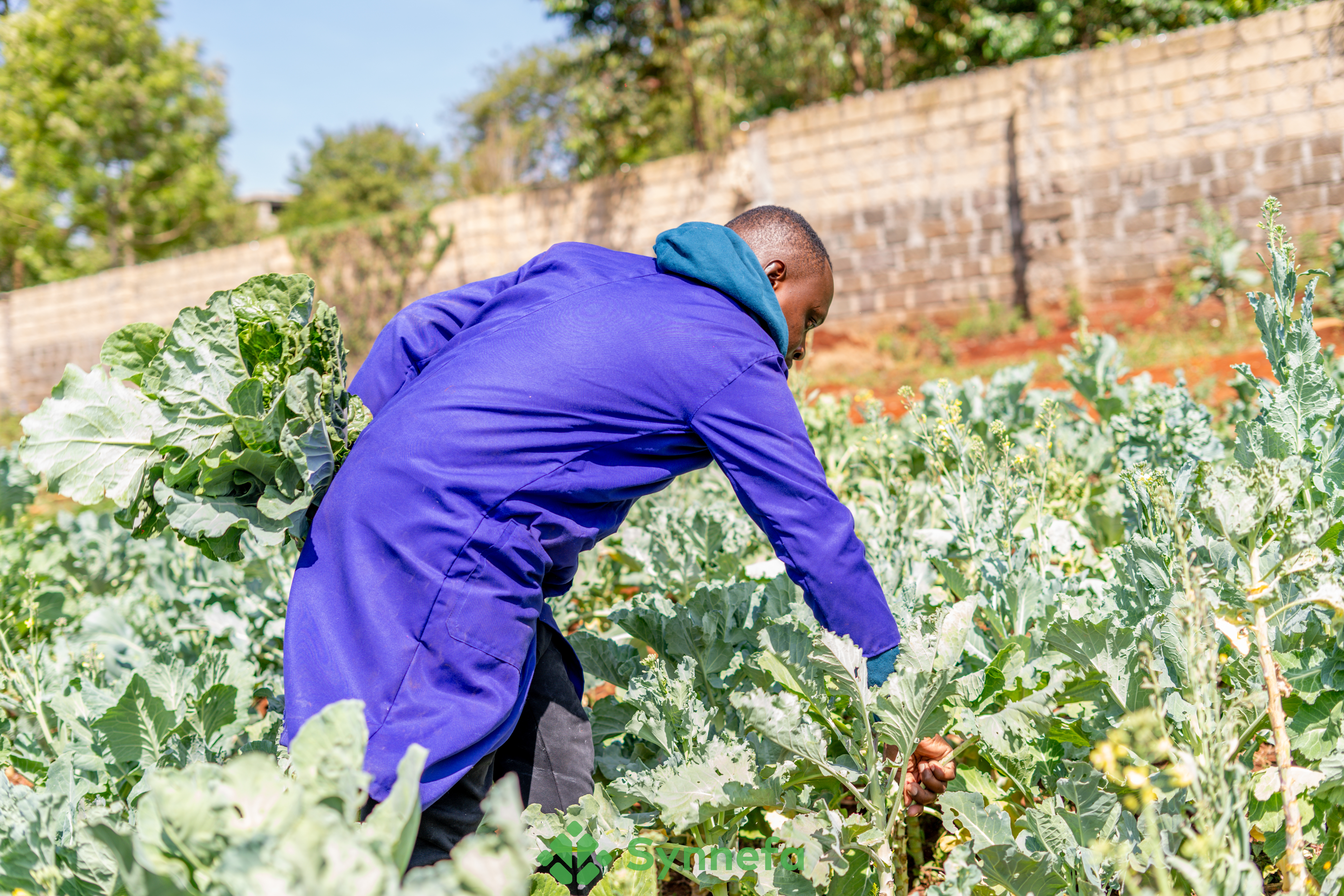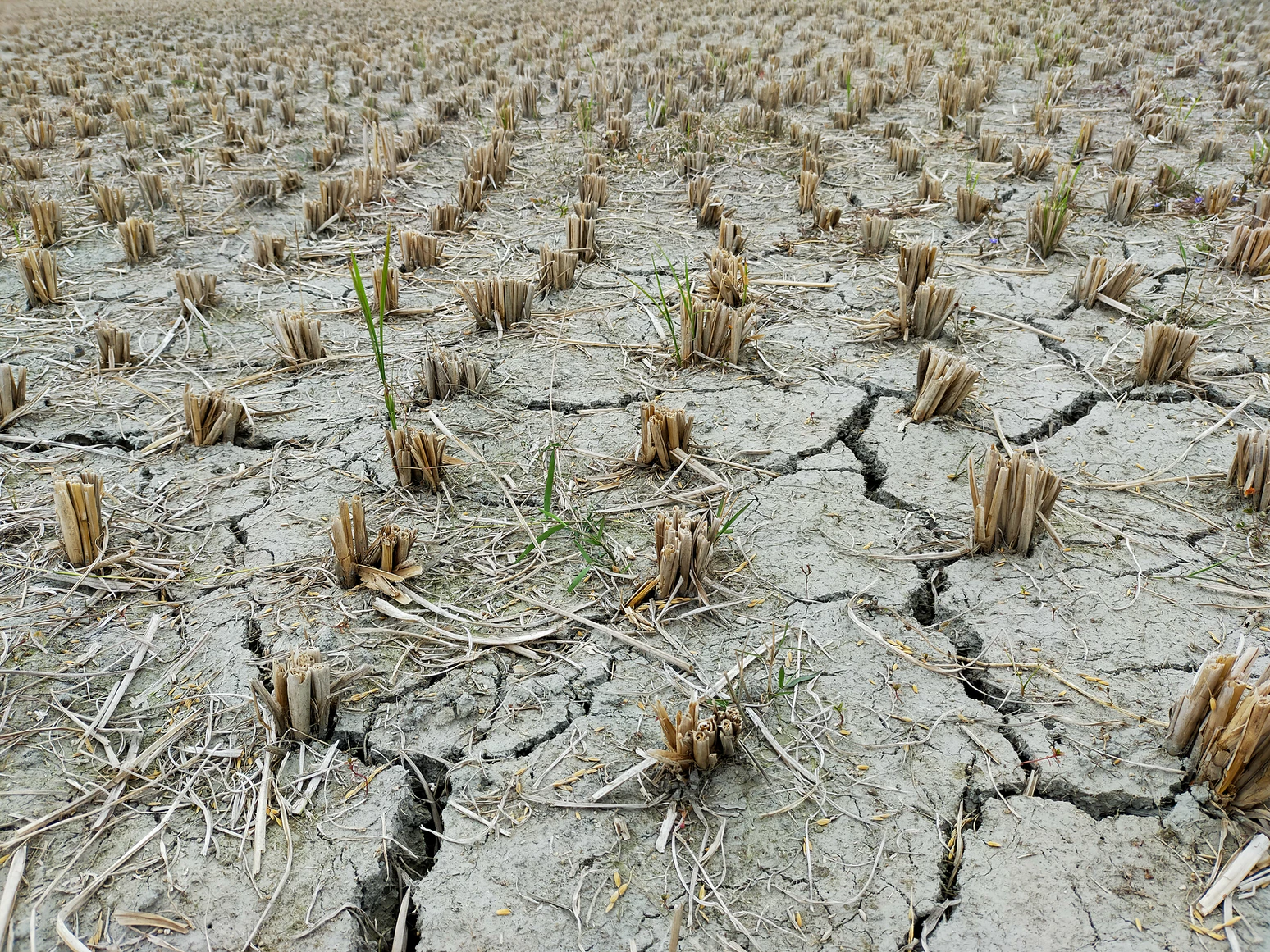17 Ways Farmers Can Deal With Climate Change: Climate-Smart Solutions

Climate change poses significant challenges to agricultural systems worldwide, impacting farmers and their livelihoods. The increasing frequency of extreme weather events, shifts in temperature and precipitation patterns, and the rising incidence of pests and diseases all contribute to the vulnerability of agricultural production.
However, farmers have the capacity to adapt to these changes by implementing various strategies and practices. By embracing innovative approaches, optimizing resource management, and diversifying their operations, farmers can mitigate the effects of climate change and build resilience in their agricultural systems.
Solutions Farmers Can Adopt
1. Crop selection
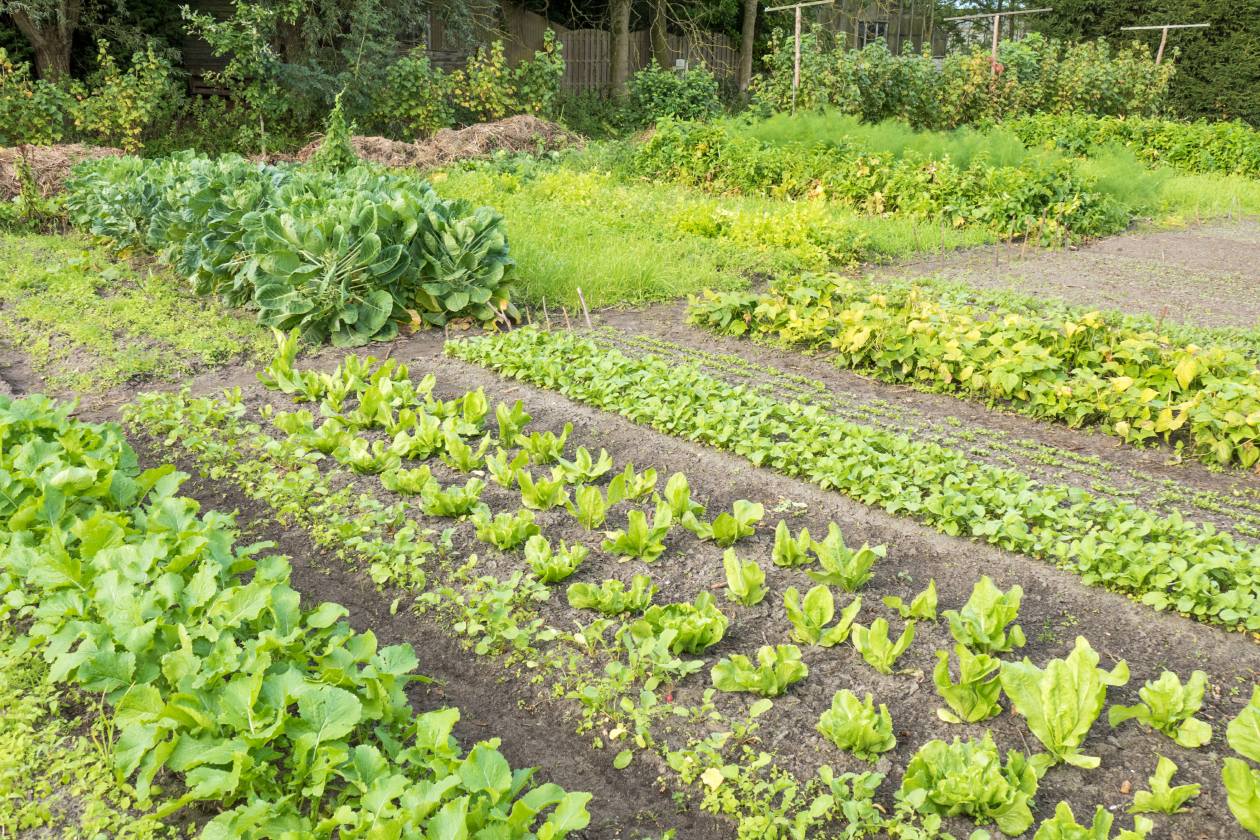
Image: Plant different vegetables different seasons depending on adaptability
Farmers can choose crop varieties that are more resilient to changing climatic conditions, such as drought-tolerant or heat-resistant crops. Planting a diverse range of crops can also help reduce vulnerability to climate variability. They can also rotate the crops from time to time to allow the soil grow nutrients. For example, you can plant wheat in a piece of land and then the next season you plant potatoes in the same piece of land. Potatoes hep in aerating the soil.
3. Precision agriculture
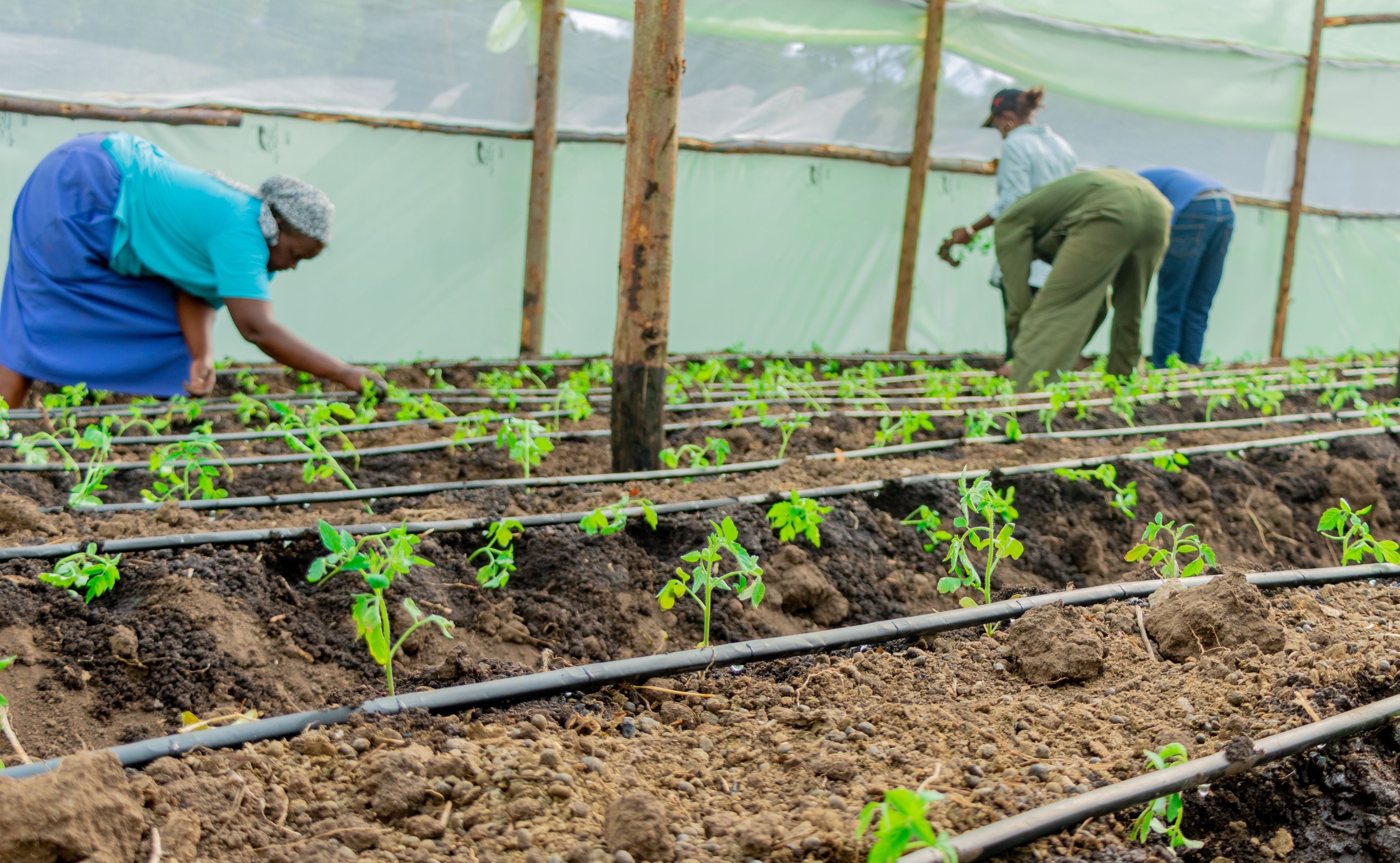
Image: Planting tomato seedlings in a smart greenhouse
Implementing precision agriculture techniques can optimize the use of resources like water, fertilizers, and pesticides. Technologies such as soil sensors, drones, and satellite imagery can help farmers monitor crop health, soil moisture, and nutrient levels more precisely, leading to efficient resource management. Check out Synnefa's precision agriculture techniques such as AI Powered Farmshield, Drip Irrigation, Smart Greenhosues and Farm Cloud.
3. Irrigation management
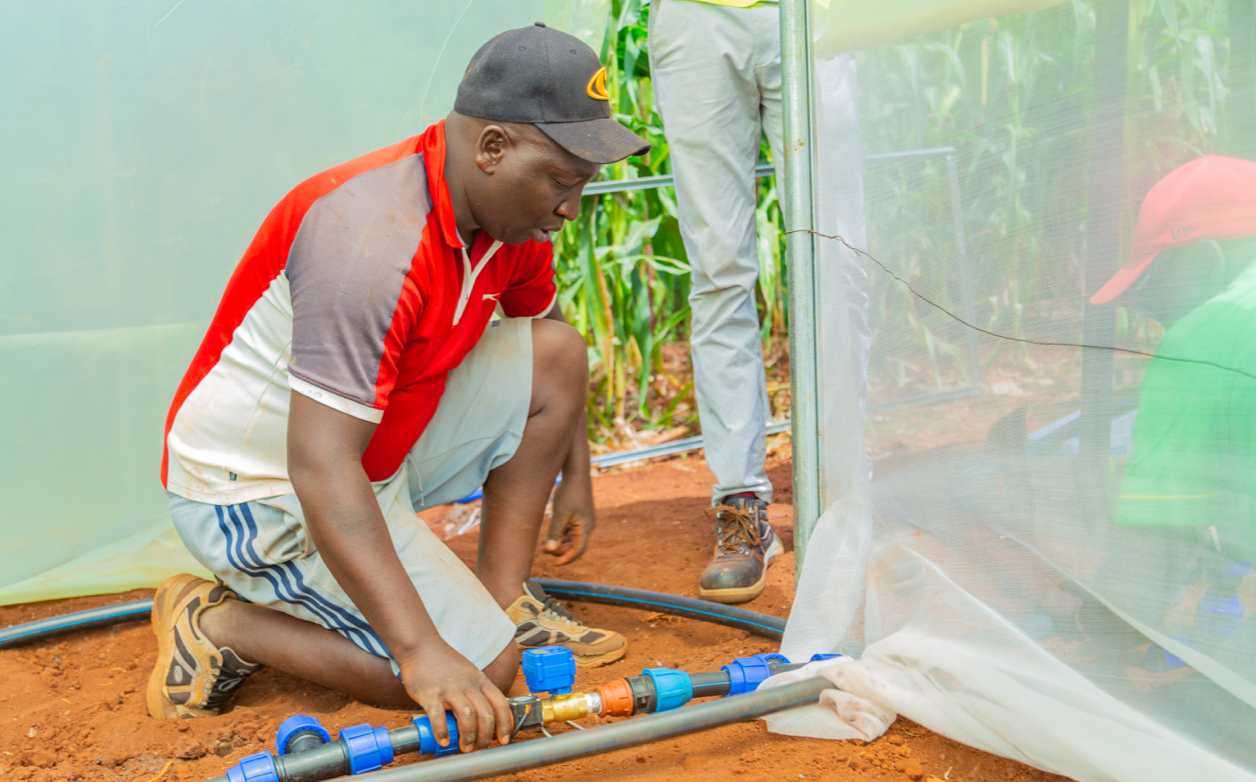
Image: A man installing drip irrigation kit to discourage wastage of water
With changing rainfall patterns, effective irrigation management becomes crucial. Farmers can adopt techniques like drip irrigation or precision sprinklers to minimize water wastage. Additionally, collecting and storing rainwater through methods like rainwater harvesting can provide alternative water sources during dry periods. Drip irrigation conserves water and avoids wastage while ensuring the plants get enough water.
4. Soil conservation
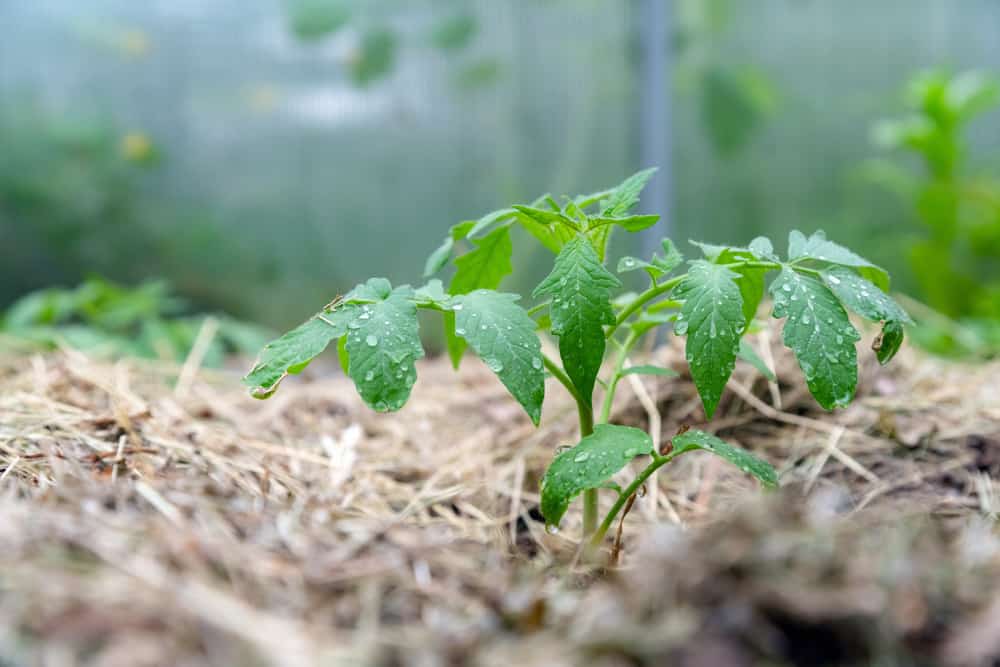
Image: Mulching enhances water retention and prevents erosion
Practices like mulching, conservation tillage, cover cropping, and contour plowing help improve soil health, enhance water retention, and prevent erosion. Healthy soils are better able to withstand extreme weather events and support crop growth.
5. Agroforestry
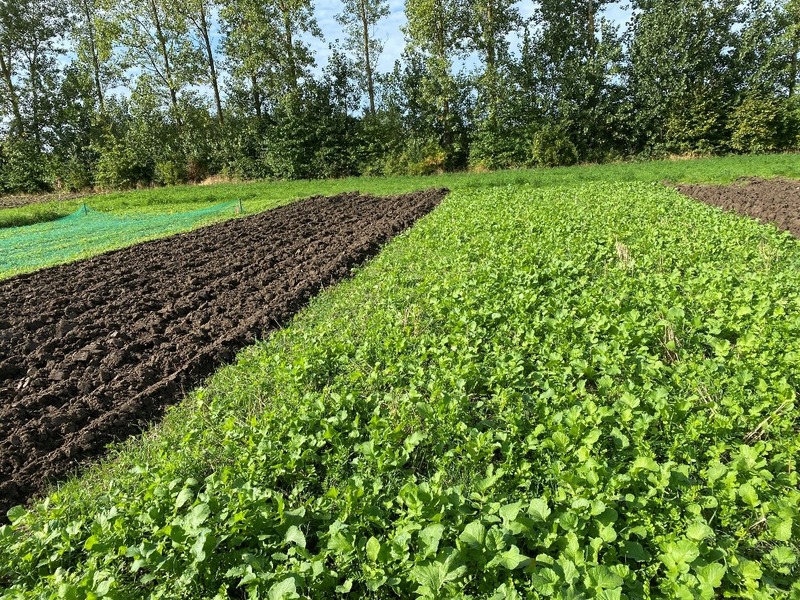
Image: Planting trees at the edges of the farming land acts as windbreakers
Integrating trees into farming systems can have multiple benefits. Trees act as windbreaks, reducing the impact of strong winds, and provide shade to crops during heatwaves. Agroforestry systems also sequester carbon, contributing to climate change mitigation.
6. Crop diversification

Image: Planting maize and beans to improve soil nitrogen
Planting a variety of crops and implementing crop rotation can help mitigate pest and disease risks, as well as improve soil fertility. Diversification also spreads out the financial risk associated with climate-related crop failures. Farmers are always recommended to plant beans and maize at the same time. Legumes such as beans which enhance the Nitrogen -supplying power of soils hence increasing the soil reserves of organic matter.
7. Improved livestock management
Livestock farmers can adapt by providing shade, improving ventilation, and implementing cooling measures to mitigate the heat stress experienced by animals during extreme heat events. Proper nutrition and disease management are also crucial to maintain animal health in changing conditions.
8. Energy efficiency
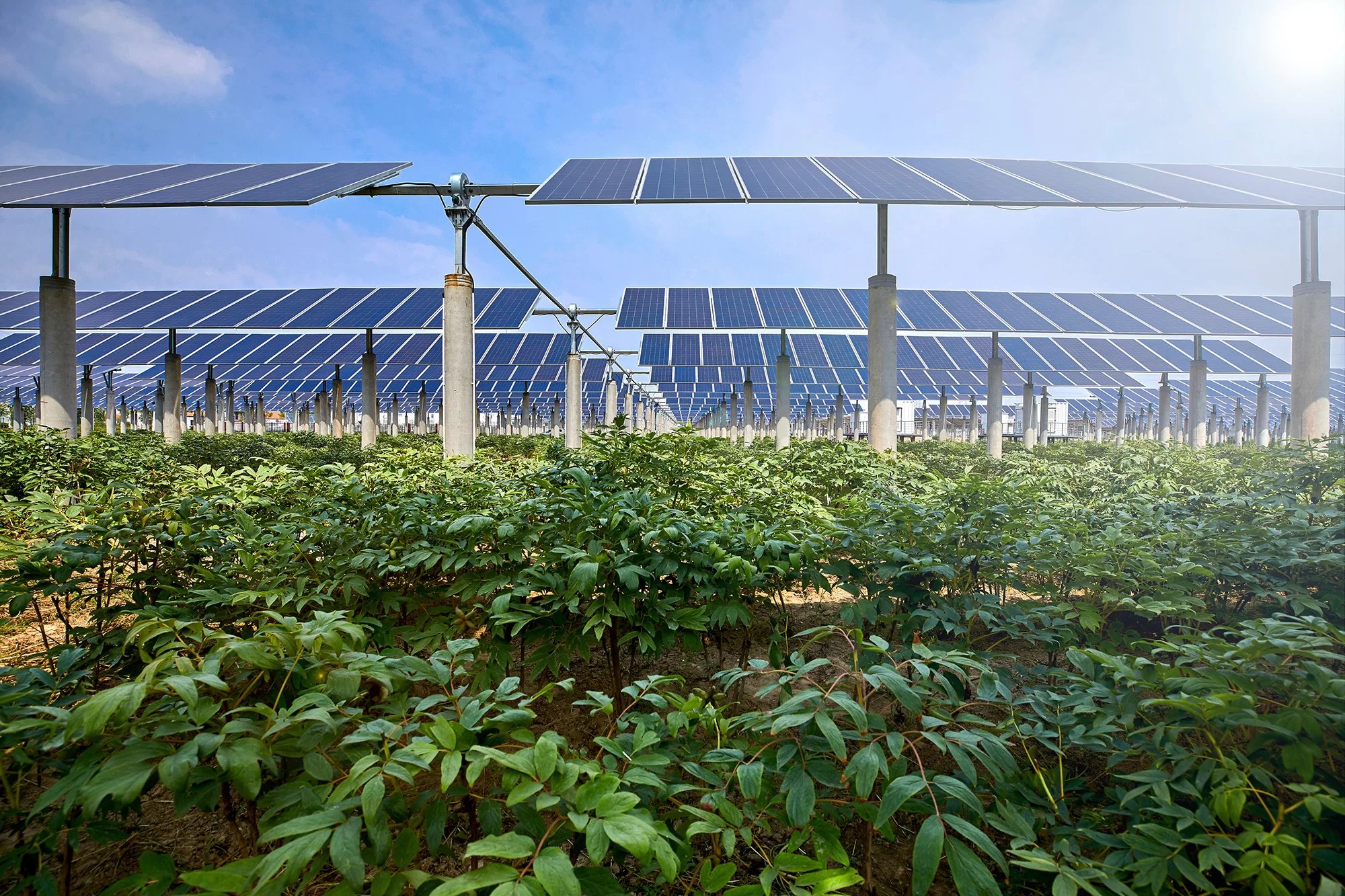
Image: Installed solar panels in a farm
Farmers can explore renewable energy options such as solar panels or wind turbines to reduce reliance on fossil fuels. Instead of using electricity to pump water to irrigate the farms, solar can be the best option. This reduces costs and helps tap into the freely available solar energy to grow food.
Renewable energy use also helps lower greenhouse gas emissions and provide on-farm energy solutions.
9. Access to climate information
Farmers should have access to reliable climate information and forecasts to make informed decisions about planting, harvesting, and managing their farms. Government agencies, research institutions, and climate services can play a role in disseminating such information.
10. Collaboration and knowledge sharing
-min.jpg?width=6720&height=4480&name=Synnefa_Nairobi%20ASK%20Show%202022%20%20(6%20of%2019)-min.jpg)
Image: Exhibitions and agricultural shows has been a way of sharing and learning for Synnefa
Synnefa as an agritech brand in Kenya has always been at the forefront to encourage collaborations. We host workshops, we attend exhibitions, we train farmers and other forms of collaboration to enable knowledge and experience sharing.
Farmers can benefit from joining local or regional agricultural networks or organizations that focus on climate change adaptation. Sharing experiences, knowledge, and best practices can help farmers collectively address the challenges posed by climate change.
11. Integrated pest management
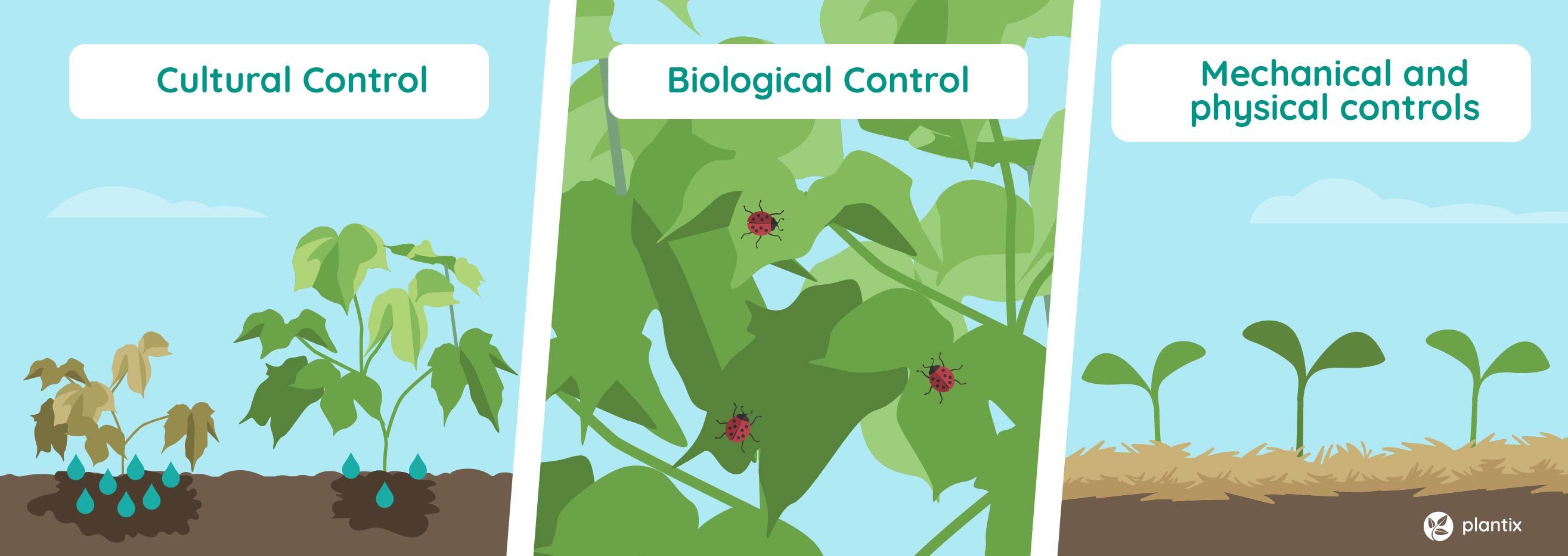
Image from Plantix
Previously, we share this blog post on Integrated Pest Management: Safe Ways to Control Pests in Your Farm.
With changing climate conditions, the prevalence of pests and diseases may increase. Implementing integrated pest management (IPM) practices, such as biological controls, crop rotation, and the use of resistant varieties, can help reduce the reliance on chemical pesticides while effectively managing pest and disease pressures. Greenhouses are also a great way to manage pests and diseases due to the fact that they are controlled zones.
12. Improved water management
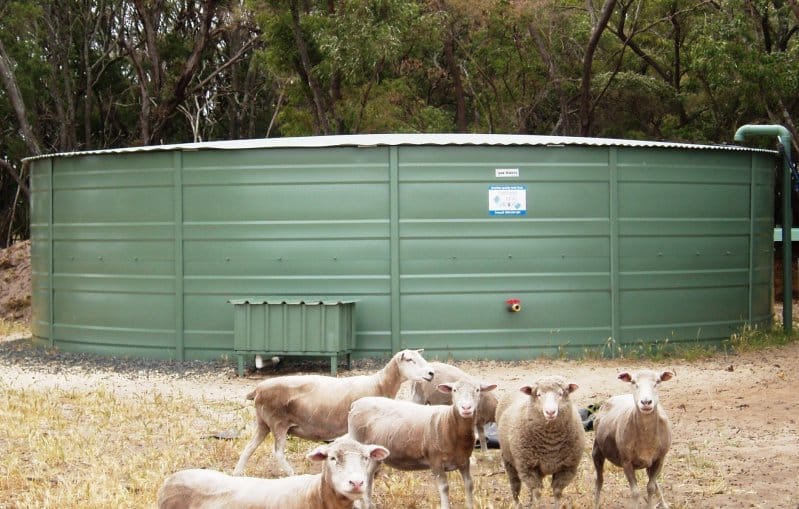
Image: Farm water reservoir to collect water during the rainy seasons
Water scarcity and changing precipitation patterns pose significant challenges for farmers. Implementing water-saving technologies like drip irrigation, moisture sensors, and water-efficient irrigation systems can optimize water use and minimize losses. Additionally, creating water storage facilities, such as ponds or reservoirs, can help ensure water availability during dry spells.
13. Climate-smart livestock management
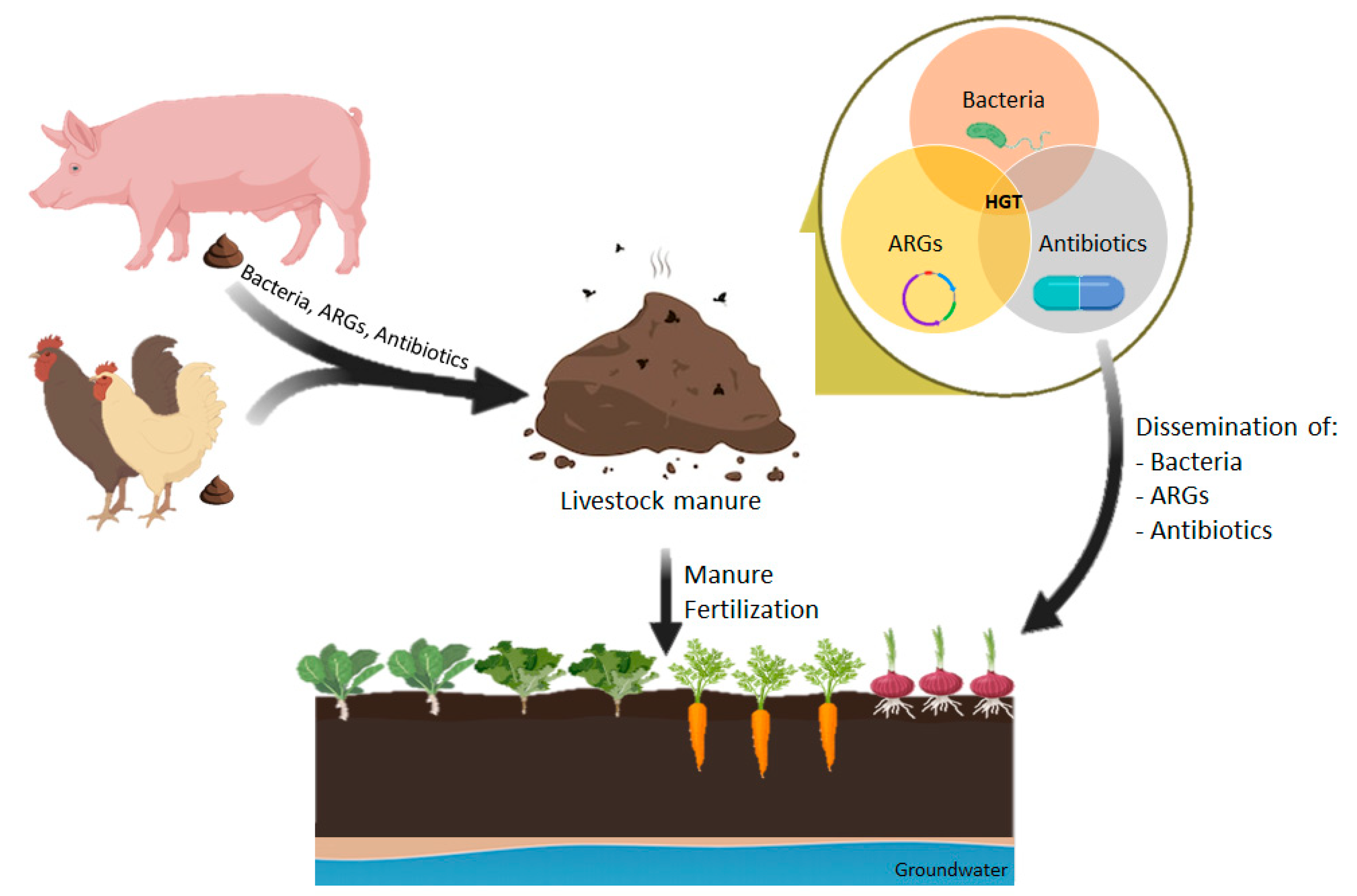
Image: Smart livestock manure management process
Livestock farmers can adopt climate-smart practices to mitigate the environmental impact of their operations. This includes improving manure management techniques to reduce methane emissions, implementing rotational grazing to promote healthy pastures and soil, and optimizing feed formulations to minimize greenhouse gas emissions from livestock.
Livestock waste can also be used to make biogas which can be used as fuel in the homesteads.
14. Agroecology and regenerative agriculture
Farmers can embrace agroecological and regenerative practices that focus on enhancing biodiversity, improving soil health, and promoting ecosystem resilience. This includes practices such as agroforestry, organic farming, and the use of cover crops. These approaches not only help sequester carbon in the soil but also enhance the overall sustainability of farming systems.
15. Access to financial resources and insurance

Climate change impacts can lead to crop losses and financial instability for farmers. Governments, financial institutions, and organizations can provide access to affordable credit, insurance, and risk management tools specifically designed to address climate-related risks. This can help farmers recover from losses and invest in climate-resilient practices.
16. Research and innovation
Continued investment in agricultural research and innovation is crucial to develop climate-resilient crop varieties, improve farming techniques, and provide farmers with the necessary knowledge and tools. Governments, research institutions, and agricultural organizations should prioritize research and development efforts aimed at addressing climate change challenges.
17. Farmer-to-farmer knowledge exchange
Facilitating platforms for farmers to share their experiences, lessons learned, and best practices can be invaluable. Farmer-to-farmer knowledge exchange programs, community networks, and farmer field schools can foster collaboration, encourage innovation, and empower farmers to adopt climate-smart practices effectively.
18. Policy support and incentives
Governments can play a significant role by implementing supportive policies and providing incentives to encourage climate adaptation in agriculture. This can include financial incentives, subsidies, tax breaks, and regulations that promote sustainable farming practices, renewable energy adoption, and climate-resilient infrastructure development.
I hope you learnt something from this article. If so, share it. You can also take time to check us out and the climate smart solutions we offer at Synnefa.

